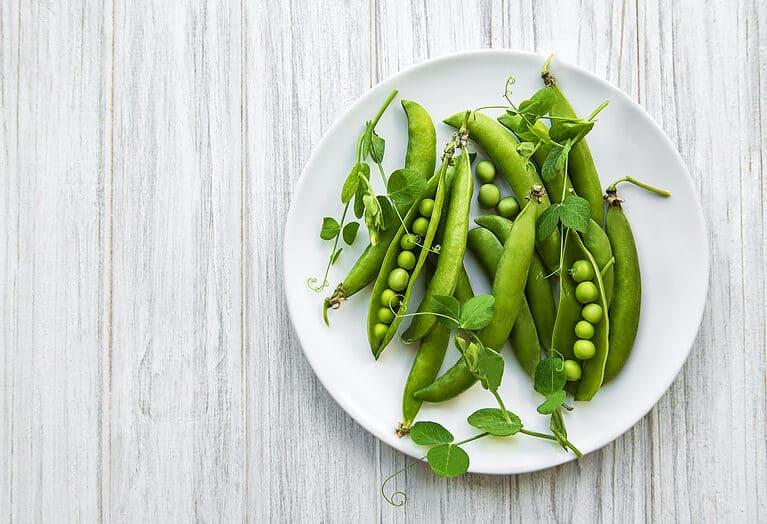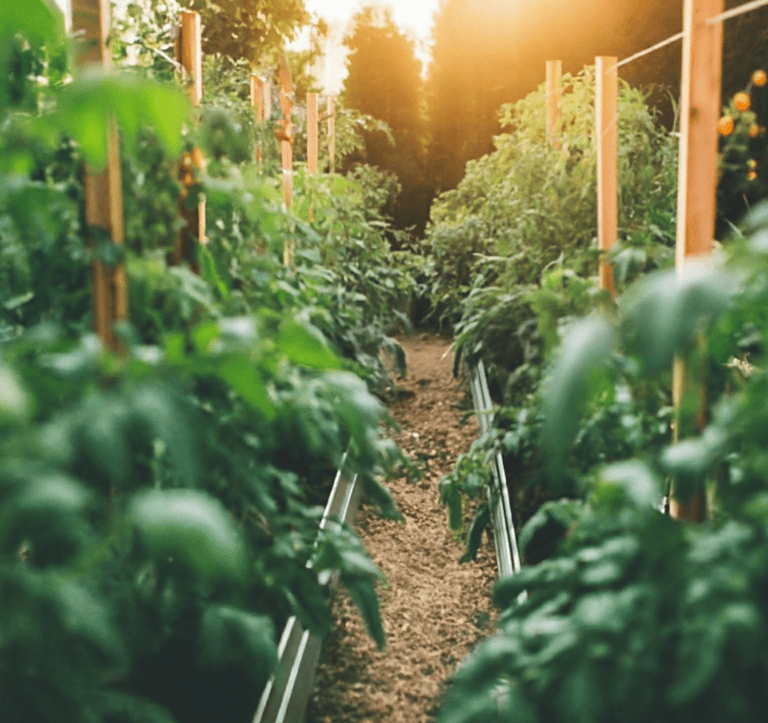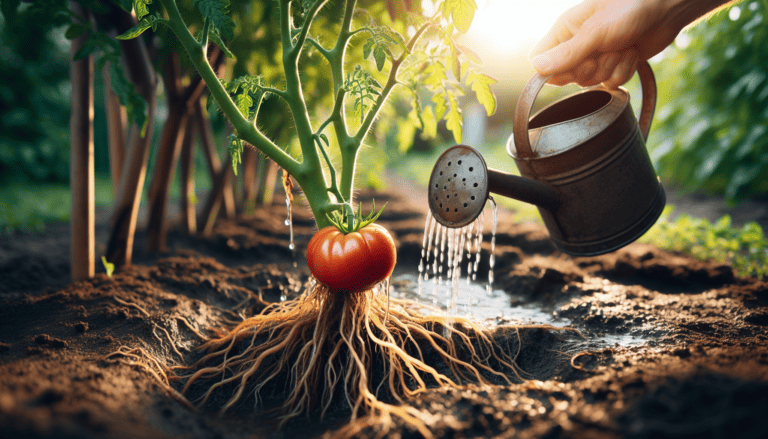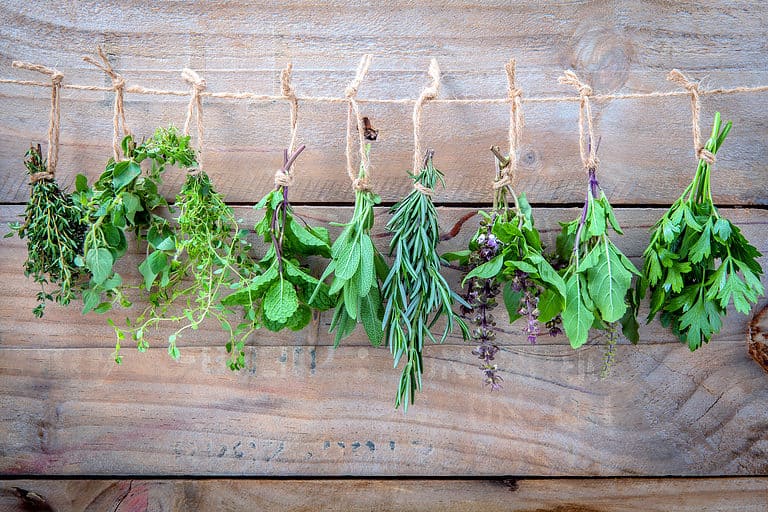Get Ready for Winter: Essential Fall Gardening Checklist
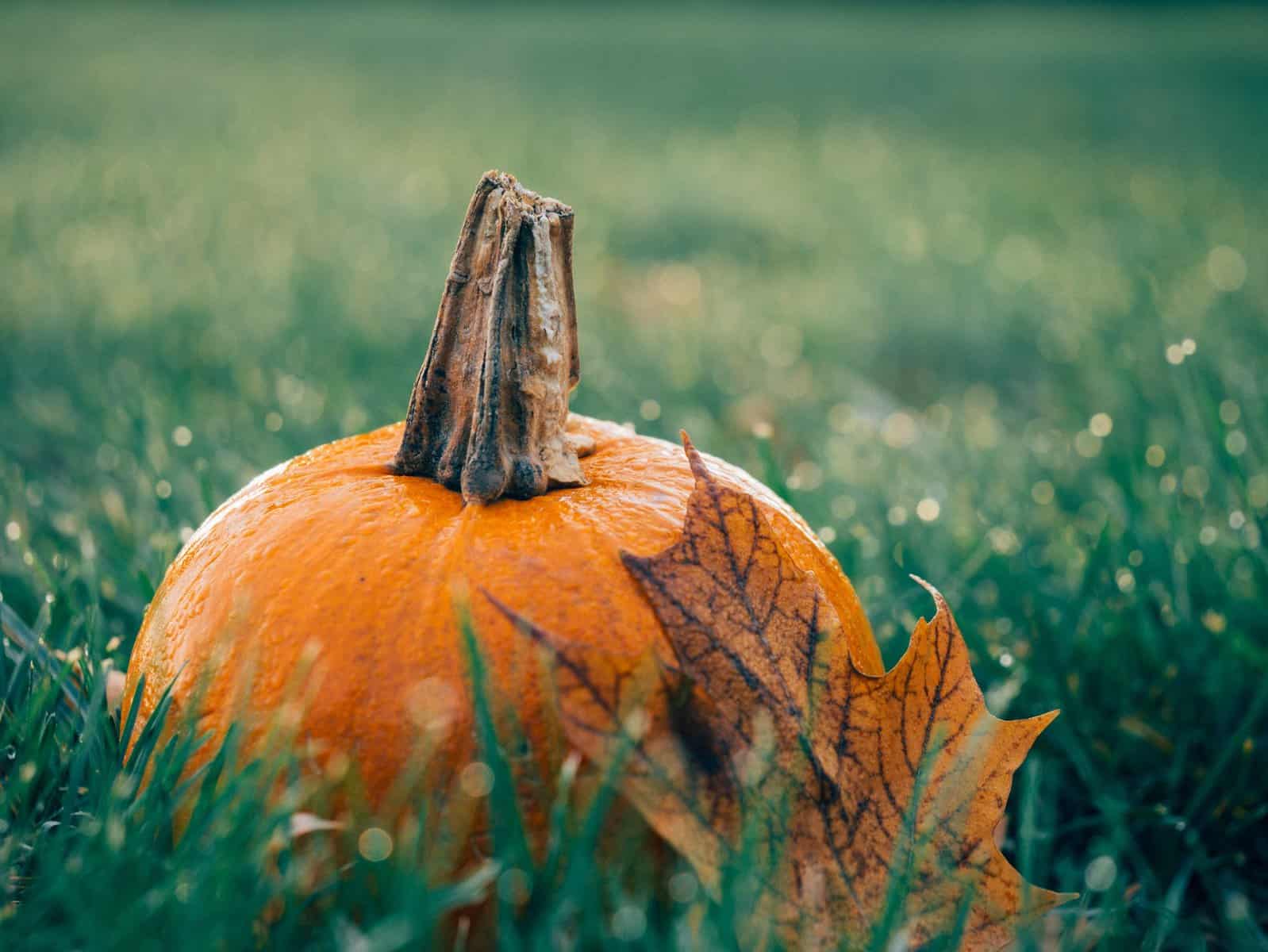
As the leaves change color and the air turns crisp, it’s time to start preparing your garden for winter. The tasks you tackle during the fall season can have a significant impact on the health and beauty of your garden come spring. So, what are the key steps to ensure your garden thrives during the colder months? In this blog post, we’ll guide you through an essential fall gardening checklist that covers everything from cleaning up debris to planting cool-season vegetables and flowers.
Key Takeaways
Prepare your garden for winter with essential fall tasks like cleaning up debris, pruning trees and shrubs, mulching beds & planting cool-season veggies & flowers.
Cultivate cover crops to protect soil and provide food for wildlife. Stop deadheading six weeks before the first frost.
Clean & sharpen tools now to be ready for spring gardening season! Get motivated – plan ahead so you’re prepared when temperatures warm up!
Essential Fall Garden Tasks
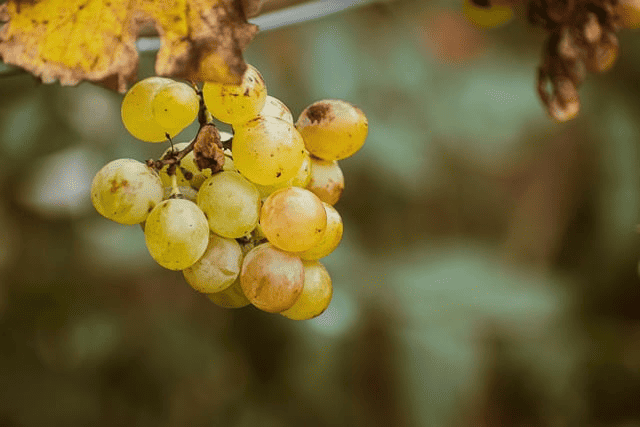
There are three key tasks to prepare your garden for winter: cleaning up debris, pruning trees and shrubs, and mulching garden beds. Tending to these important tasks in fall can prevent diseases and pests from surviving through winter, thereby keeping your garden in prime condition for the upcoming growing season.
Cleaning up debris is the first step. Remove any dead leaves, branches, and other
Clean Up Debris
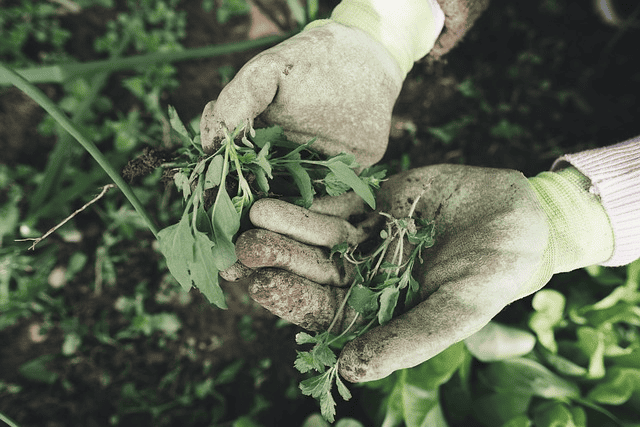
Clearing any debris from your garden is a critical item on your fall garden checklist. This not only helps prevent diseases and pests from overwintering but also keeps your garden in tip-top shape.
Believe it or not, leaving some debris in your garden can actually benefit the soil and the environment. For example, fallen leaves and perennials left to decompose naturally contribute to your compost pile and provide essential nutrients to the soil.
So, while it’s important to clean up debris, remember that a little mess can be a good thing!
Prune Trees and Shrubs
Another key task to ready your garden for winter is pruning trees and shrubs in the fall. It helps ensure healthy growth and protects your plants from potential damage caused by harsh winter weather.
To identify dead, damaged, or diseased branches, keep an eye out for branches with no leaves or buds, brittle and dry limbs, or bark that easily peels off. Maintaining the overall health and appearance of your trees and shrubs, whether planted in the ground or in raised beds, can be achieved through inspecting and removing these problematic branches.
Mulch Garden Beds
Mulching your garden beds in the fall can provide numerous benefits for your plants. It helps insulate them, retain moisture, and suppress weeds during the winter months. The best types of mulch for garden beds in the fall include shredded bark, straw, ground redwood bark, and premium arbor mulch.
Applying mulch after the first hard freeze is recommended to enjoy these benefits, as this timing allows trimming back perennials without burying their crowns too deeply with mulch.
Planting Cool-Season Vegetables and Flowers
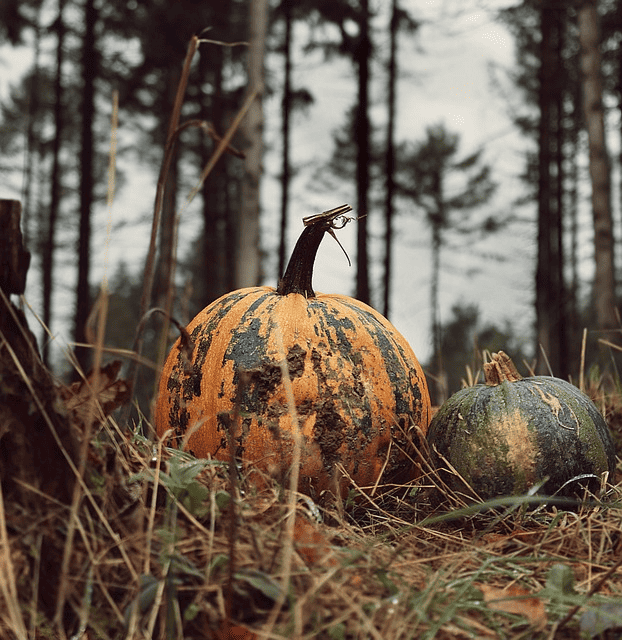
Fall is not just about preparing your garden for winter; it’s also a great time for fall planting of cool-season vegetables and flowers. Planting them in the fall can lead to a bountiful harvest and beautiful blooms in the spring.
We’ll now explore the process of planting cool-season vegetables and flowers, covering everything from selecting the right plants to soil preparation and effective planting techniques.
Choose the Right Plants
Selecting plants that thrive in cooler temperatures, such as kale, spinach, and pansies, is key to a successful fall garden. These plants flourish in temperatures between 55°F and 75°F (13°C and 24°C). For optimal results, plant them in well-drained soil with a pH level between 6.0 and 7.0.
Adding compost and fertilizer to the soil is also highly recommended.
Prepare the Soil
Soil preparation is a fundamental step in promoting the healthy growth of your cool-season vegetables and flowers. Incorporate organic matter such as compost, shredded leaves, or peat moss into the soil to provide essential nutrients. Remember to amend the soil with organic matter at least a few weeks before planting to give your plants the best chance to thrive.
Additionally, make sure the soil is moist and well-drained to provide the ideal environment for your cool-season vegetables to grow from vegetable seeds in your vegetable garden.
Planting Tips
Keep these planting tips in mind as you embark on your fall gardening journey for optimal results. Start seeds indoors for a head start on the growing season, as this will allow them to establish a strong root system before being transplanted outdoors.
Proper spacing is also essential for optimal growth, so be sure to follow the recommended planting guidelines for each type of vegetable or flower.
Lastly, mastering the right watering techniques is crucial for a healthy harvest. Soaker hoses and drip irrigation are great options for keeping your fall vegetables adequately hydrated.
Cultivating Cover Crops

Another valuable fall gardening practice is cultivating fall crops as cover crops. These crops help prevent soil erosion, improve soil quality, and provide a habitat for beneficial insects.
Next, we’ll cover how to choose the right cover crops for your garden and the optimal practices for their planting and maintenance.
Selecting Cover Crops
When choosing cover crops for your garden, consider your specific needs and goals. Nitrogen-fixing legumes, such as clover or winter peas, can help improve soil fertility, while nutrient-rich grasses like wheat, rye, or oats can prevent erosion and add organic matter to the soil. If you’re looking for a unique addition to your garden, consider planting the green jewel carrot as a cover crop.
No matter the type of cover crop you choose, selecting plants that are suited to your local climate and soil conditions is paramount.
Planting and Maintenance
Planting and maintaining cover crops involve proper timing, seeding rates, and termination methods. The optimal time to plant cover crops is late summer to early fall, allowing them to establish themselves before winter sets in.
When it’s time to terminate your cover crops, consider using natural methods (species that winter kill), chemical methods (herbicide application), or mechanical methods (mowing, rolling/crimping) to ensure a smooth transition to your spring garden.
Preparing Perennials for Winter
While annuals complete their life cycle in one growing season, perennials return year after year, providing beauty and structure to your garden. Their preparation for winter is vital for their longevity and successful growth.
Next, we’ll cover how to cease deadheading early, safeguard tender bulbs, and offer winter protection for your perennials.
Stop Deadheading Early
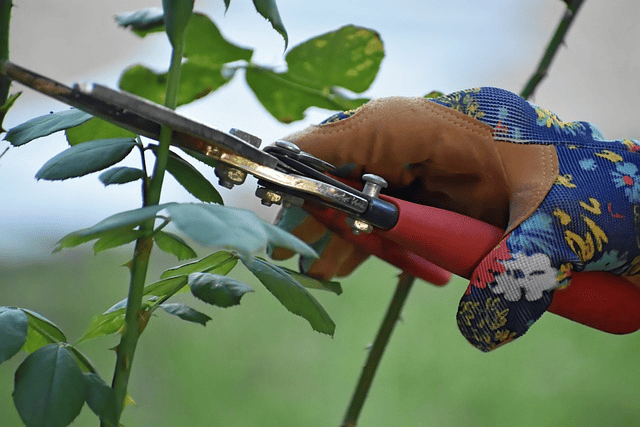
Ceasing deadheading early in the fall allows plants to set seeds and provide food for wildlife, such as birds and small mammals. To stop deadheading, wait for flowers to fade or wilt, then pinch or cut off the spent flowers just below the base of the flower. Browsing seed catalogs can also offer valuable information on the best practices for deadheading specific plants.
Remember, the perfect time to cease deadheading is roughly six weeks before your area’s expected first hard frost.
Protect Tender Bulbs
Some popular garden plants, like dahlias, gladiolus, and lilies, have tender bulbs that may not survive winter in colder climates. To protect these tender bulbs, follow these steps:
Dig them up after the first frost.
Shake off any excess soil.
Cut off any dead or damaged foliage.
Store them in a cool, dry place until spring.
By taking these precautions, you can ensure that your tender bulbs will be ready to plant spring blooming bulbs and bloom again when the temperatures warm up.
Provide Winter Protection
Providing winter protection for your perennials is essential for their survival during the colder months. One way to do this is by applying a layer of mulch, such as shredded bark or well-rotted straw, to insulate the soil and protect the plants’ root systems.
Another option is to use protective covers, such as frost blankets or burlap, to shield your plants from harsh winter winds and extreme cold. By taking these steps, you can ensure that your perennials will emerge healthy and vibrant come springtime.
Organizing and Storing Garden Tools and Equipment
Organizing and properly storing your garden tools and equipment is crucial as the gardening season winds down. This will not only prolong the life of your tools but also ensure that they are ready to use when the spring gardening season rolls around. For additional tips and advice, consider reaching out to your local uga extension office.
Next, we’ll review how to clean and sharpen your tools, safely store your equipment, and prepare for the upcoming spring season.
Clean and Sharpen Tools
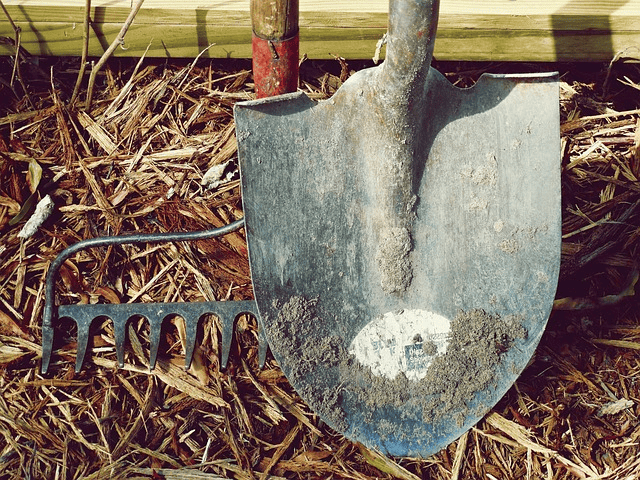
Before storing them for the winter, cleaning and sharpening your garden tools is key to prevent rust and maintain their performance. To clean your tools, use a wire brush to remove dirt and debris, then wipe them down with a damp cloth to remove any remaining grime.
To sharpen your tools, use a whetstone or mill bastard file to hone the cutting edges, ensuring they are sharp and ready for use in the spring.
Store Equipment Properly
To prevent damage from moisture and pests, it’s important to store your garden equipment in a dry, shielded area. This could be a shed, garage, or even a dedicated storage area in your basement.
Before storing your equipment, make sure it is clean and free of any debris. By taking these precautions, you can ensure that your garden tools and equipment will be in excellent condition and ready for use when the gardening season begins again.
Plan for Spring
With winter approaching, it becomes an opportune time to begin planning for the spring gardening season. Begin by taking inventory of your tools and supplies, making note of any items that need to be replaced or replenished.
Next, create a garden plan for the upcoming season, outlining the plants you’d like to grow, their optimal planting times, and any necessary soil amendments. By planning ahead, you’ll be prepared to hit the ground running when the temperatures warm up and the growing season begins anew.
Summary
In conclusion, fall is a crucial time to prepare your garden for the upcoming winter months. By following this essential fall gardening checklist, you’ll be well on your way to creating a thriving garden that will bounce back beautifully in the spring. From cleaning up debris and pruning trees to planting cool-season vegetables and flowers, these tasks will ensure the health and well-being of your garden throughout the year. So grab your tools, roll up your sleeves, and get ready to create a garden that will dazzle and delight all year round!
Frequently Asked Questions
What do you put in your garden in the fall?
In the fall, add a top dressing of organic fertilizer to replenish nutrients and organic matter in the soil. Plant cover crops like mustard, peas, or clover, as well as vegetables like pumpkins, winter squash, carrots, brussels sprouts, potatoes, and cauliflower. Finally, layer your garden with compost and mulch to prepare for the spring.
What plants can you garden in the fall?
Fall is an ideal time to plant root vegetables like radishes, beets, turnips and garlic, as well as leafy greens like lettuce, collards, spinach, broccoli and cabbage. Plant your veggies 90 days before the first expected frost for optimal growth and a delicious harvest.
How do you prepare for fall gardening?
Get your garden ready for fall by harvesting remaining produce, discarding diseased plants, raking away debris, and mulching to keep pests away. Feed and amend soil, plant winter crops and bulbs, and tidy up tools to prepare for a productive season next year.
What should you not plant in the fall?
Fall is not the ideal time to plant evergreens, spring-blooming bulbs, cold-sensitive shrubs, fruits, and roses, as they may suffer from winter injury before their roots are established. However, radishes, beets, carrots, parsnips, spinach, leaf lettuce, arugula, mustard greens, and mâche can all tolerate cooler soil temperatures and should be planted in the fall for best results.
When should I start preparing my garden for winter?
Start preparing your garden for winter in the fall to clean up debris, prune trees and shrubs, and mulch garden beds.

